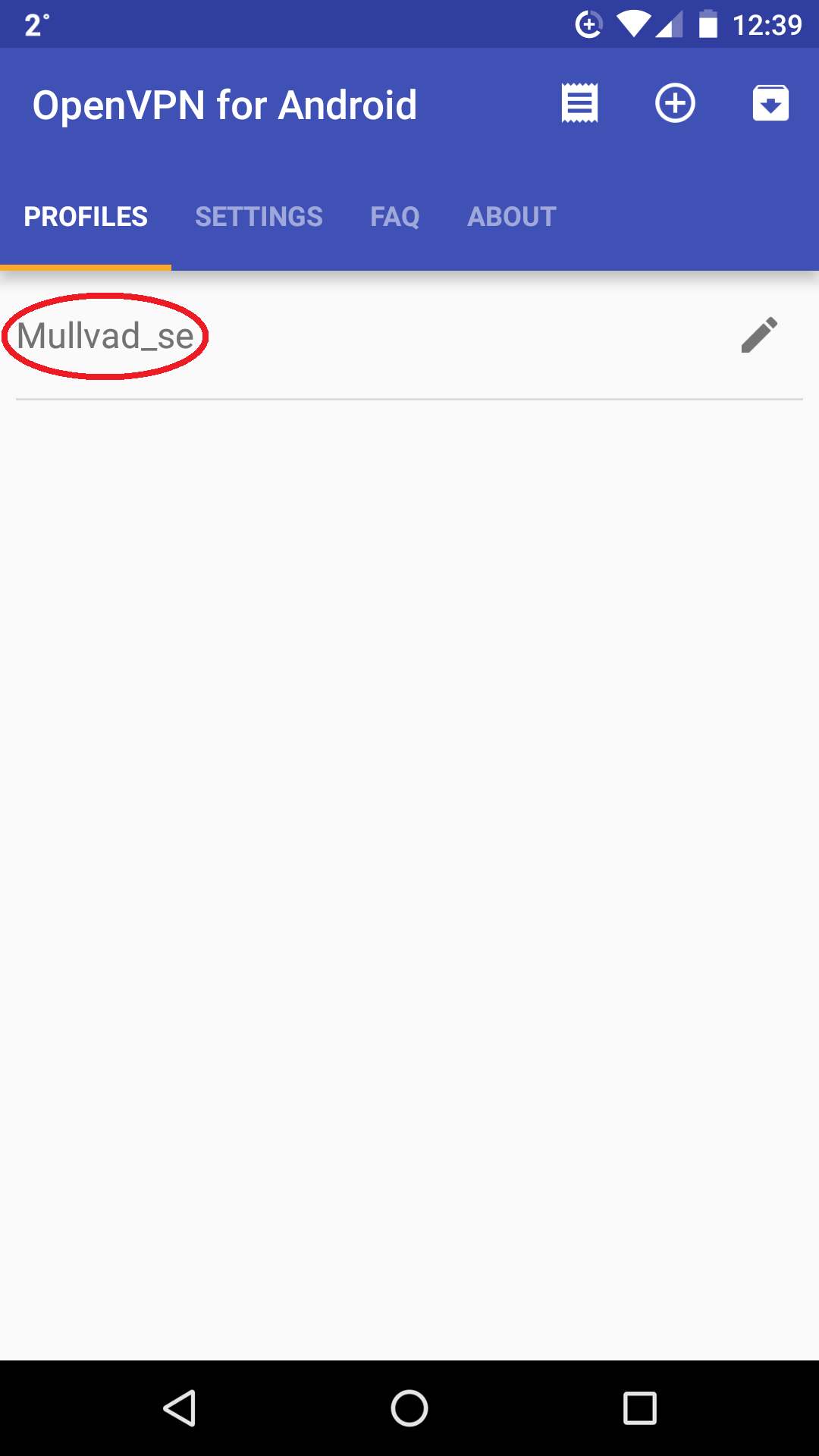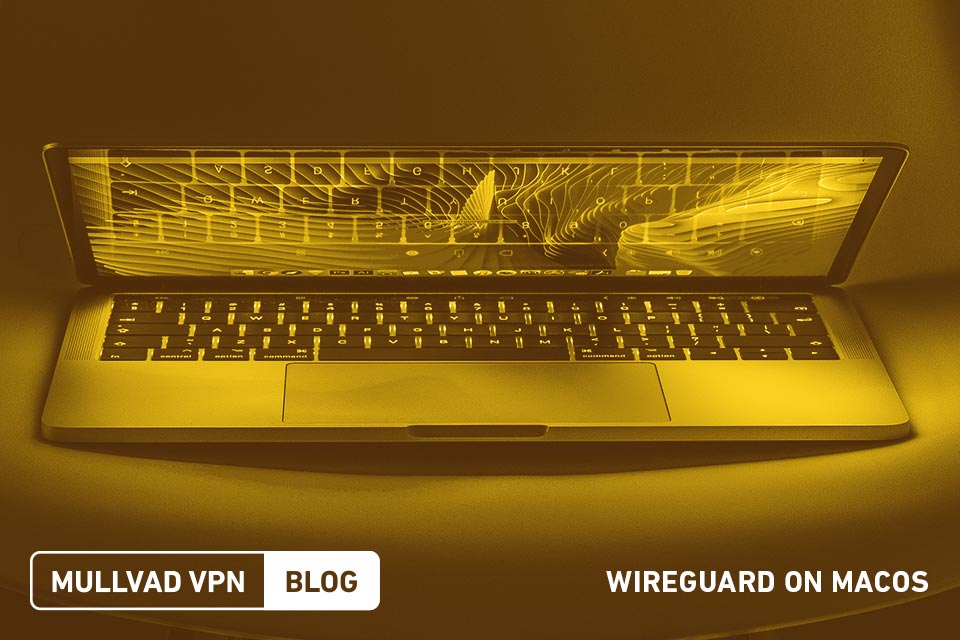

I also have this warning about the Disposable template that the VM has is not set to the same networking, but this is only in the settings, and doesn’t have any impact on actually launching it. Mine doesn’t automatically connect either, but I find it a negligible inconvenience to click in to it, as that is a one time operation on startup. I followed Micah’s guide step-by-step and it worked fine. You can DM me if you’re struggling, IDK alot about Qubes but I have this part down Navigate to our Connection check in order to verify the exit location. In the SOCKS Host: field, enter for example, with port 1080.Ĭlick on SOCKS v5 and enable "Remote DNS" or tick "Proxy DNS when using SOCKS v5". Make sure HTTP/SSL and FTP proxy fields are empty. If you want you can enable a 3rd hop by using one of their socks5 proxies, for example if you have a vm for web browsing behind your vpn-vm:Įxample using Firefox: Go to the Firefox menu. Notes about this script, it fails closed if the connection drops and will only provide a vpn connection to qubes downstream from it (connected to it for network) this is great as you don’t want to be using your vpn-vm for anything other than providing a vpn connection other qubes The multihop part is done on Mullvad’s side, meaning you will just connect to a single server from your qube and Mullvad will route your traffic to exit through a second server on their side, super neat! This will generate a multihop wireguard config file which works perfectly with the guide above.
MULLVAD GUIDES GENERATOR
I suggest using wireguard and if you go to the Mullvad wireguard config file generator (in the help section) you can click the ‘advanced dropdown menu’ select multihop and choose and entry/exit server.
MULLVAD GUIDES HOW TO
If not I’ll go on with the Mullvad guide (if I can just learn how to assign this AppVm. i have the Micah Lee version still set up so if I can find out why I can’t get App VMs to go through it, great. If you could offer me a pointer or two even better. Networking is hard for me so I hope I’m not asking questions that are too basic. I am not getting anything to show up which I assume is because I haven’t assigned the AppVm.Ĭan anybody tell me what assigning the AppVm means? If I can get this I can power on through it I hope. “To find out your vif* ip address, run ip a | grep -i vif in a terminal (make sure you have the AppVM assigned before you do this, otherwise it will not show up)”? Either I am too tired, or this is beyond me but can anybody tell me what this means: I have followed this one and its all good so far except for getting a vif ip address under the section “Add DNS hijacking script”.

So not to be outdone I then went to the Mullvad guide here: Mullvad on Qubes OS 4 - Guides | Mullvad VPN So if anybody has an idea what I’m now doing here I’d appreciate it. The vm works ok in that I can launch a browser from within the newly created one and it is connecting via Mullvad. I could not see what I had wrong that stopped other vms going via this newly created template vm with mullvad.

The Yellow triangle with an exclamation mark. When I try to route another vm via this I get a warning about problematic networking with regard to the disposable vm.

I get the network manager icon and I can connect via that, but it doesn’t connect automatically. Unless I’m reading his instructions incorrectly when I start my vm it doesn’t connect to Mullvad automatically.This set up pretty much perfectly except for two things Initially I followed Micah Lee’s guide: Using Mullvad VPN in Qubes I mean, like all day and I’m sort of stuck. I’ve been wrestling with setting up a template vm with Mullvad.


 0 kommentar(er)
0 kommentar(er)
